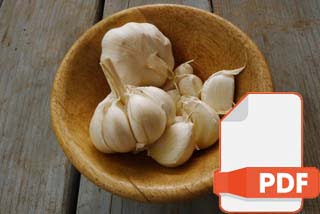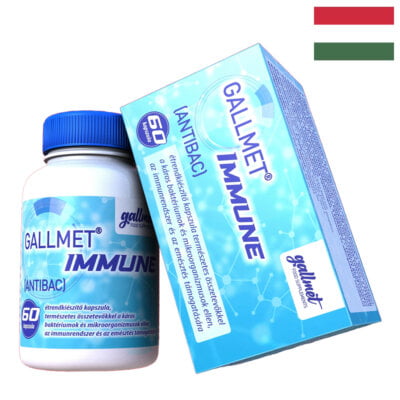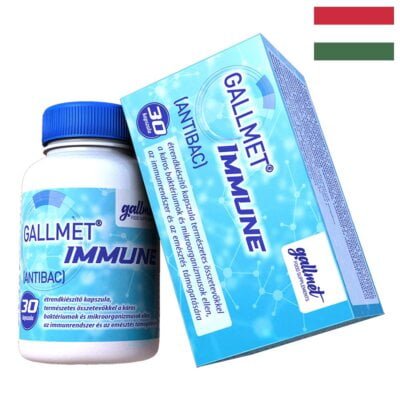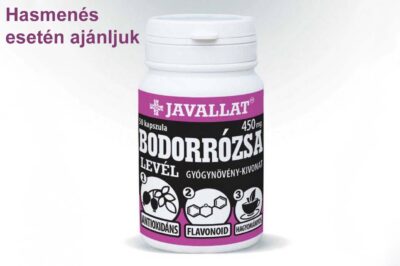Garlic for hypertension: A systematic review and meta-analysis of randomized controlled trials

Download - PDF
Abstract
Background:
In the past decade, garlic has become one of the most popular complementary therapies for blood pressure (BP) control used by hypertensive patients. Numerous clinical studies have focused on the BP-lowering effect of garlic, but results have been inconsistent. Overall, there is a dearth of information available to guide the clinical community on the efficacy of garlic in hypertensive patients.
Aim:
To systematically review the medical literature to investigate the current evidence of garlic for the treatment of hypertension.
Methods:
PubMed, the Cochrane Library and EMBASE were searched for appropriate articles from their respective inceptions until August 2014. Randomized, placebo-controlled trials comparing garlic vs. a placebo in patients with hypertension were considered. Papers were independently reviewed by two reviewers and were analyzed using Cochrane software Revman 5.2.
Results:
A total of seven randomized, placebo-controlled trials were identified. Compared with the placebo, this meta-analysis revealed a significant lowering effect of garlic on both systolic BP (WMD: -6.71 mmHg; 95% CI: -12.44 to -0.99; P = 0.02) and diastolic BP (WMD: -4.79 mmHg; 95% CI: -6.60 to -2.99; P < 0.00001). No serious adverse events were reported in any of the trials.
Conclusion:
The present review suggests that garlic is an effective and safe approach for hypertension. However, more rigorously designed randomized controlled trials focusing on primary endpoints with long-term follow-up are still warranted before garlic can be recommended to treat hypertensive patients.
Source: https://pubmed.ncbi.nlm.nih.gov/25837272/
Proszę kliknąć ikonę [drukuj mnie], aby wydrukować stronę










